Toddlers are known for their adorable antics and one might think that they aren't too mindful of their surroundings. But the truth is that children start adapting to their environment early on and often regulate their behavior to avoid angering adults. A study conducted by researchers at the University of Washington has discovered that even 15-month-olds can observe and understand whether people in their vicinity are angry or displaying extreme emotions.
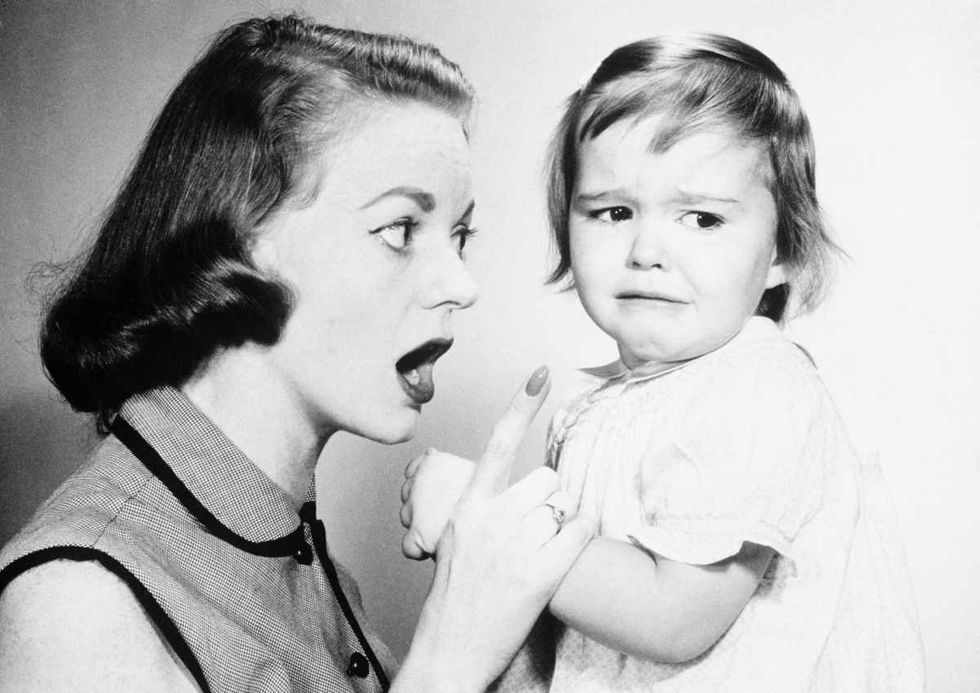
The study was published in the October-November issue of the journal Cognitive Development where the experts detected the first signs of toddlers taking multiple cues from their surroundings to understand the mood of people around them. “At 15 months of age, children are trying to understand their social world and how people will react,” lead author of the study, Betty Repacholi, who is also a faculty researcher at UW’s Institute for Learning and Brain Sciences and an associate professor of psychology, said. She also added, “In this study, we found that toddlers who aren’t yet speaking can use visual and social cues to understand other people – that’s sophisticated cognitive skills for 15-month-olds.”
A video was shared by the YouTube channel of the Institute for Learning and Brain Sciences (UW I-LABS) where the study was conducted on a 15-month-old toddler. The footage from 2014 captured a toddler sitting on his mom's lap as a person pulls out a box and extends it toward the toddler. "There's something inside. Can you see what's inside the box?" the other woman asks, prompting the toddler to remove the lid. Then she asks if there is anything in the box or not. The toddler finds a green comb inside the box. “There's a green comb!” the woman exclaims, as the toddler flashes a smile. “You want to put it back inside the box?”
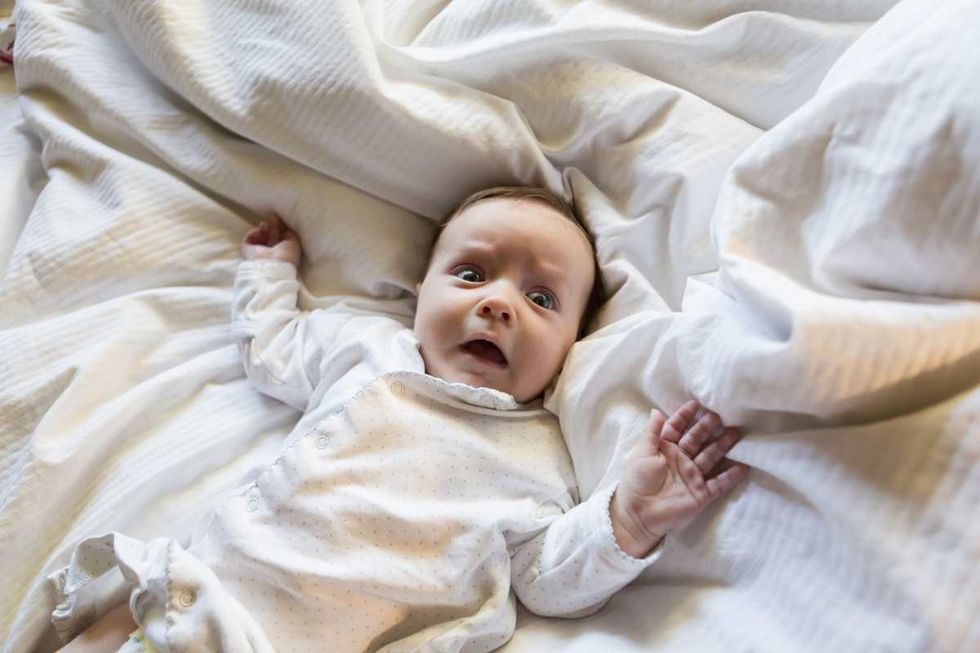
“I'm going to put the lid back on the box and close it up,” the woman says before taking away the box as the toddler goes back to his formal neutral state and the smile fades away. The woman shows the toddler how to play with a strand of beads that makes noise when it's dropped into a plastic cup. The toddler continues fiddling with it until another lady named Kelly enters the room, settles on a seat and says, "I am going to sit here and read a magazine." The toddler becomes aware of the new person in the room as they look at each other.
Next time when the toddler drops the beads in the cup and it makes a noise, Kelly expresses her displeasure by calling it "aggravating" and "annoying." The toddler senses the shift of mood in his surroundings and refrains from playing with the beads even when he can freely do so. The shift in the toddler's behavior indicates how he is using emotional information to regulate his own behavior. On the University of Washington's website, it was mentioned that the experiment was conducted on 150 toddlers at the age of 15 months, who watched as a person sitting at a table repeated the same process with each of them.
You can follow the Institute for Learning and Brain Sciences (UW I-LABS) on YouTube for more neuroscience and human behavior-related content.
















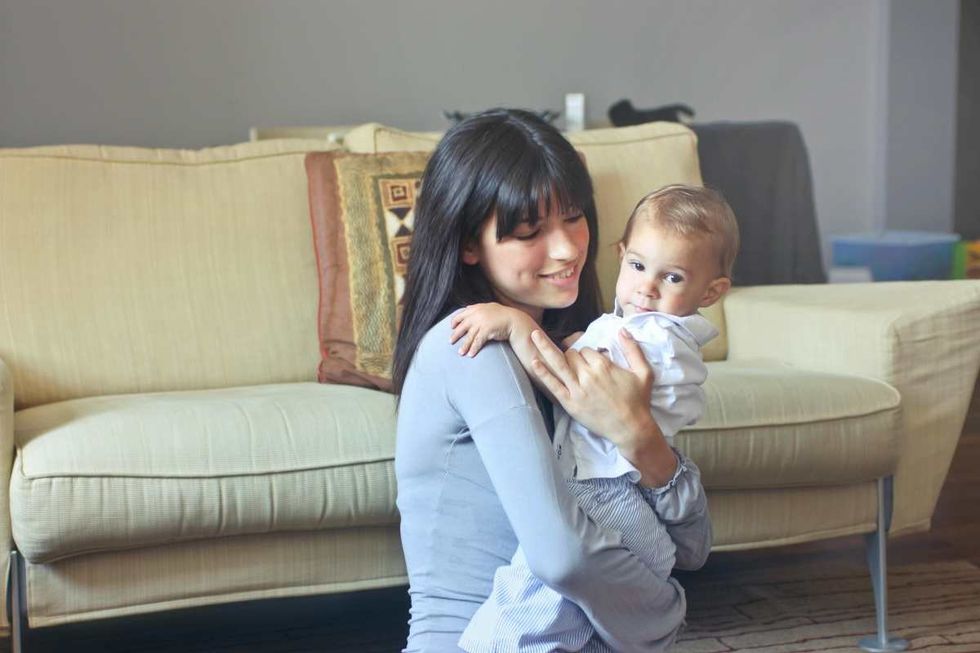 Pexels | Photo by Andrea Piacquadio
Pexels | Photo by Andrea Piacquadio
 An Atlantic grey seal looking at the camera underwater. (Representative Image Source: Getty Images | Mark Chivers)
An Atlantic grey seal looking at the camera underwater. (Representative Image Source: Getty Images | Mark Chivers) A grey seal swims up to a scuba diver. (Representative Image Source: Getty Images | Huw Thomas)
A grey seal swims up to a scuba diver. (Representative Image Source: Getty Images | Huw Thomas)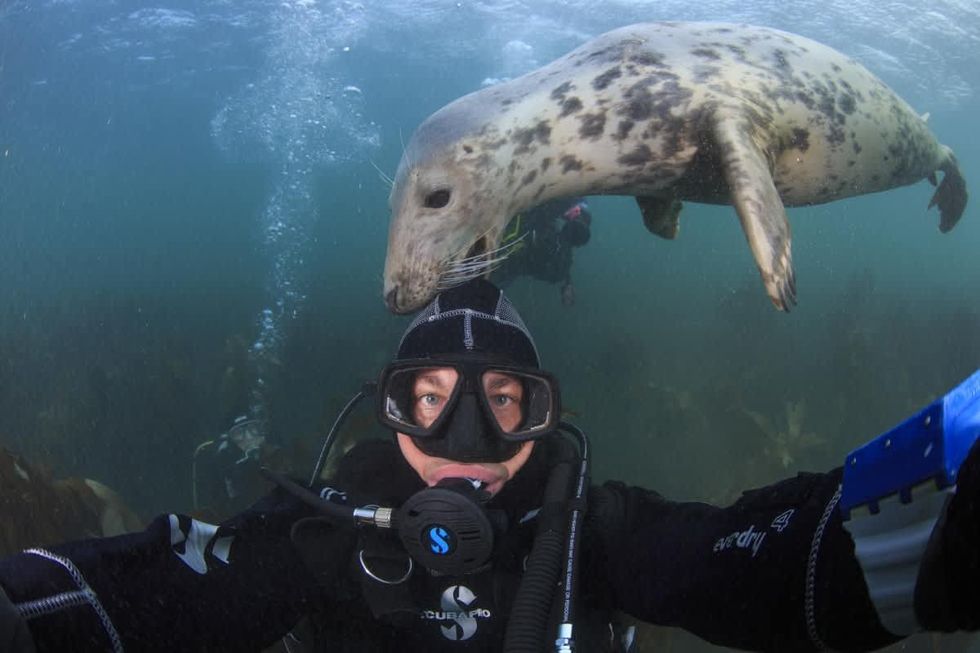 A Grey seal nibbles at the hood of a scuba diver. (Representative Image Source: Getty Images | Bernard Radvaner)
A Grey seal nibbles at the hood of a scuba diver. (Representative Image Source: Getty Images | Bernard Radvaner)
 Image Source: Seth Rogen and Lauren Miller Rogen co-host the HFC Austin Brain Health Dinner on September 30, 2023, in Austin, Texas. (Photo by Rick Kern/Getty Images for Hilarity for Charity)
Image Source: Seth Rogen and Lauren Miller Rogen co-host the HFC Austin Brain Health Dinner on September 30, 2023, in Austin, Texas. (Photo by Rick Kern/Getty Images for Hilarity for Charity) Image Source: Seth Rogen and Lauren Miller Rogen attend the 95th Annual Academy Awards on March 12, 2023 in Hollywood, California. (Photo by Arturo Holmes/Getty Images )
Image Source: Seth Rogen and Lauren Miller Rogen attend the 95th Annual Academy Awards on March 12, 2023 in Hollywood, California. (Photo by Arturo Holmes/Getty Images ) Image Source: YouTube |
Image Source: YouTube |  Image Source: YouTube |
Image Source: YouTube | 
 Image Source: In this handout photo provided by the National Science Foundation, the Event Horizon Telescope captures a black hole at the center of galaxy M87 in an image released on April 10, 2019. (National Science Foundation via Getty Images)
Image Source: In this handout photo provided by the National Science Foundation, the Event Horizon Telescope captures a black hole at the center of galaxy M87 in an image released on April 10, 2019. (National Science Foundation via Getty Images)
 Representational Image Source: Pexels I Photo by Nataliya Vaitkevich
Representational Image Source: Pexels I Photo by Nataliya Vaitkevich Representative Image Source: Pexels | Kampus Production
Representative Image Source: Pexels | Kampus Production
 Image Source: Destroyed vehicles lie near the rubble after the earthquake and tsunami devastated the area on March 16, 2011, in Minamisanriku, Japan. The 9.0 magnitude strong earthquake struck offshore on March 11 at 2:46 pm local time, triggering a tsunami wave of up to ten meters which engulfed large parts of north-eastern Japan. (Photo by Chris McGrath/Getty Images)
Image Source: Destroyed vehicles lie near the rubble after the earthquake and tsunami devastated the area on March 16, 2011, in Minamisanriku, Japan. The 9.0 magnitude strong earthquake struck offshore on March 11 at 2:46 pm local time, triggering a tsunami wave of up to ten meters which engulfed large parts of north-eastern Japan. (Photo by Chris McGrath/Getty Images) Representative Image Source: Pexels | Pixabay
Representative Image Source: Pexels | Pixabay Representative Image Source: Pexels | Stuart Pritchards
Representative Image Source: Pexels | Stuart Pritchards
 Image Source: Musician Keith Urban and actress Nicole Kidman arrive at the 2009 American Music Awards at Nokia Theatre L.A. Live on November 22, 2009 in Los Angeles, California. (Photo by Jeffrey Mayer/WireImage)
Image Source: Musician Keith Urban and actress Nicole Kidman arrive at the 2009 American Music Awards at Nokia Theatre L.A. Live on November 22, 2009 in Los Angeles, California. (Photo by Jeffrey Mayer/WireImage)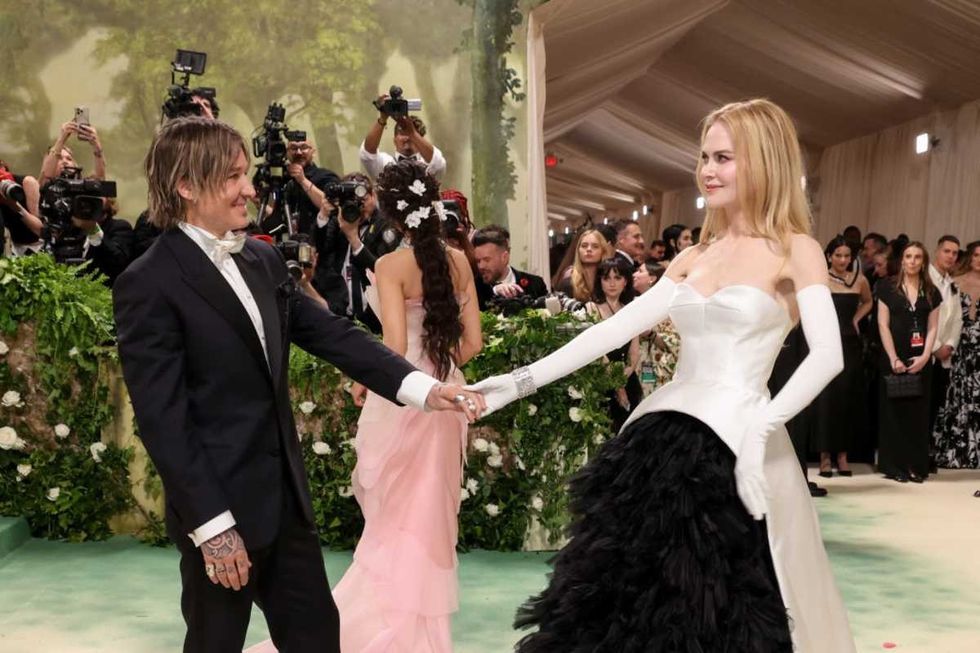 Image Source: Keith Urban and Nicole Kidman attend The 2024 Met Gala on May 06, 2024 in New York City. (Photo by John Shearer/WireImage)
Image Source: Keith Urban and Nicole Kidman attend The 2024 Met Gala on May 06, 2024 in New York City. (Photo by John Shearer/WireImage) Image Source: Musician Keith Urban and actress Nicole Kidman arrive at the Oscars on February 24, 2013 in Hollywood, California. (Photo by Jeff Vespa/WireImage)
Image Source: Musician Keith Urban and actress Nicole Kidman arrive at the Oscars on February 24, 2013 in Hollywood, California. (Photo by Jeff Vespa/WireImage)
 Representative Image Source: Pexels | August de Richelieu
Representative Image Source: Pexels | August de Richelieu Representative Image Source: Pexels | August de Richelieu
Representative Image Source: Pexels | August de Richelieu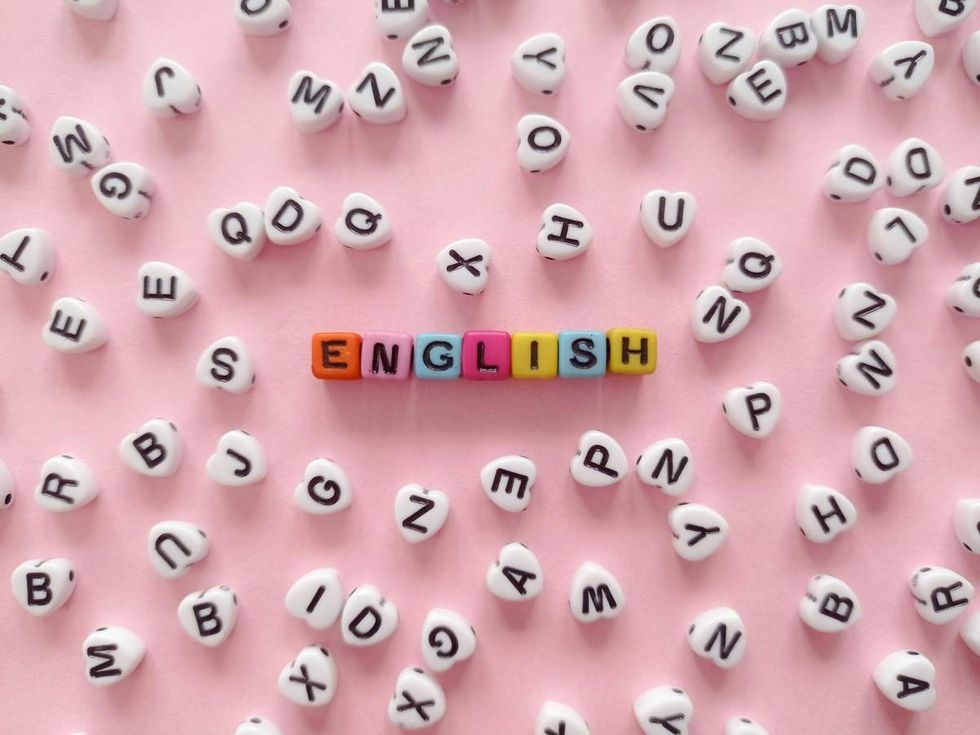 Representative Image Source: Pexels | Djordje Vezilic
Representative Image Source: Pexels | Djordje Vezilic Representative Image Source: Pexels | Fauxels
Representative Image Source: Pexels | Fauxels